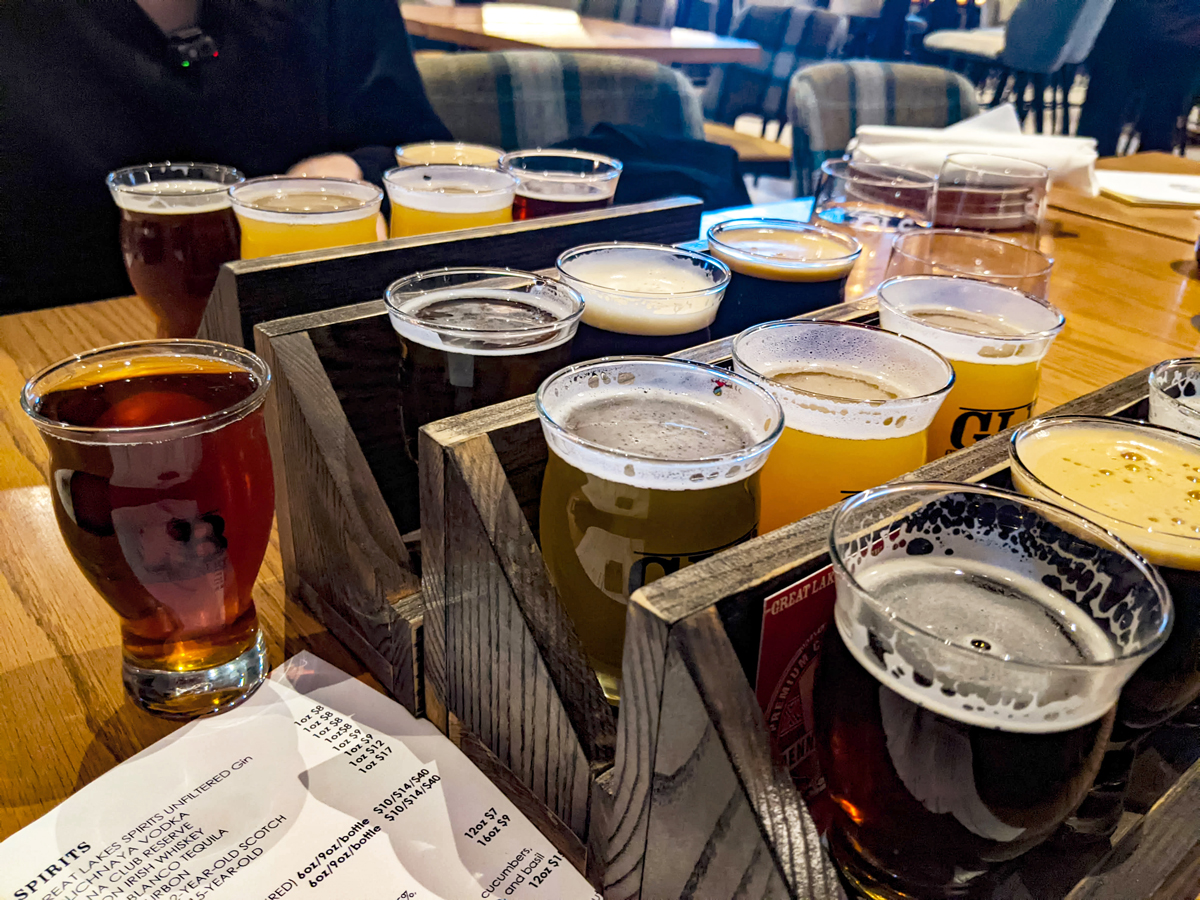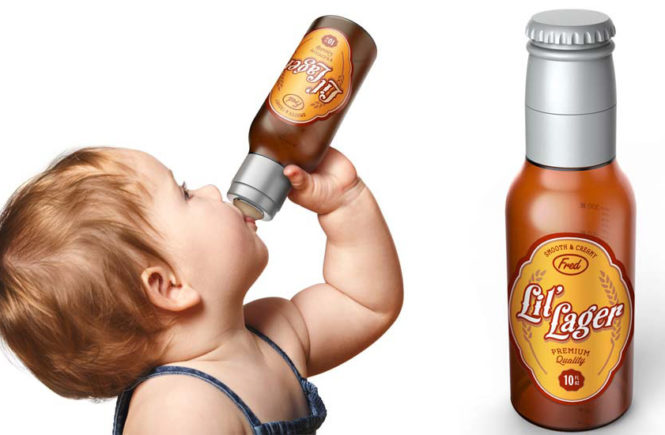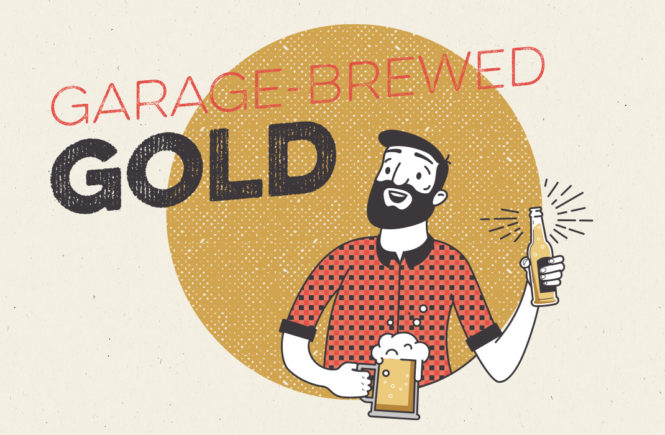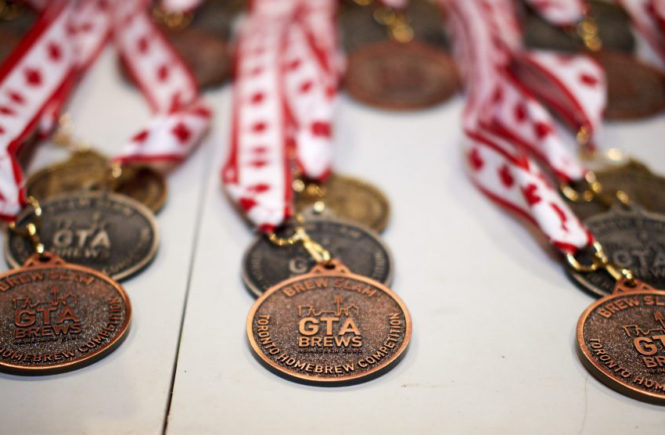There may be a beer for everyone, but some of your friends haven’t found theirs yet.

How do you approach someone who has already told you they’re not a fan of beer?
“I generally just start by asking what it is they do enjoy?” says Sam Brown of She Brews Brewing & Consulting in Kingston, Ontario. “Red wine drinkers I introduce to a Flanders red but a Smirnoff Ice drinker I may test the limits with a Berliner Weiss. Dry white wine drinkers may enjoy a Brut IPA, which often has champagne yeast [giving it] familiar dry wine characteristics. However, even now, juicy IPAs are a big thing.”
Ren Navarro, of the consultancy Beer. Diversity. takes a similar tack. “If they like wine, what kind? Red? White? Dry, slightly sweet, crisp and cold? There are enough beers out there that run parallel to cocktails and wines in their taste profiles. Someone once told me that there’s a beer for everyone. And these days, I definitely believe it.”
Navarro also asks them to describe what it is that they don’t like about beer. “I once had a guy tell me he hated the taste of any beer that had more than 100 IBUs. What does that even mean? Turns out he didn’t like the heavy pith flavour in IPAs.” She adds that throwing a bunch of jargon at someone can be a turnoff. “Take it slow and easy. Taking that moment allows that person to open up a bit more to what you’re trying to introduce them to.”
The final piece of advice from Navarro is obvious: “have a multitude of options for them to try. That non-beer person will probably surprise you with the selection that they enjoy”
Just having good beer isn’t enough to capture the attention of customers who aren’t big on beer. “Creating an inclusive non-judgemental environment is very key to me,” says Brown. “An environment that encourages people to explore their own boundaries and defeat their own misconceptions of what beer is in North America. There is so much to learn and understand about beer.”
Navarro agrees. “Not everyone who inhabits your space is there for beer. But making a welcoming and accessible space means that the non-beer drinker might be tempted to try your beer on one of their subsequent visits. And who knows? Maybe they’ll become your biggest fan!”
I had two beer-averse volunteers meet me at Great Lakes Brewpub in downtown Toronto to put Brown and Navarro’s advice to the test. The first volunteer is Janet Kwan, a photographer in Toronto, who has tried beer often, usually via her friends or husband who is a “mild hobbyist” of beer, but hasn’t had any beer at all in a few months.
Our other volunteer is Vanessa Ling Yu, Executive Director of caterToronto and social entrepreneur involved in a few food projects around the city and she hasn’t had beer in three years.
Asked if they drink alcohol at all Kwan said, “Not often. If I do it’s sweet stuff like ice wine or a cocktail. Even then I don’t drink it that often. I think part of it is I don’t love the taste of alcohol and I turn red immediately and I feel it,” says Kwan.
For Yu, who favours red wine or the occasional cocktail, she’s never liked the taste of beer in any of its guises. She also likes her drinks to be on the dry side because she doesn’t like sugary drinks at all.
Thanks to Great Lakes’ varied selection of beers we were able to taste a wide variety of styles including a Vienna lager, ESB, NEIPA, pale ale, fruited Belgian ale, imperial coffee stout and even a barley wine.
While NEIPAs can register as on the sweet side for people who drink beer regularly, Kwan said she still found the NEIPAs very bitter. And the fruited belgian ale, which was fairly dry, was not a hit with Yu. The other styles all were too close to their conception of what beer tasted like to them. Interestingly they both landed on the imperial coffee stout as being their favorite beer of the day.
“Well this one I think I like it because it tastes thicker and maybe more familiar,” says Kwan.” This one was kinda nice because it doesn’t like beer. It just tastes like a chocolatey coffee drink.” Yu agreed adding “It does the best job of hiding beer.”
Brown wasn’t as surprised that the tasters liked the stout. “From my experience, folks often assume the dark colour to mean heaviness and to give less desirable notes only to find there are surprisingly sometimes smooth, chocolate, cocoa, or coffee notes.”
When I asked Navarro what surprised her most about introducing beer to people she says, “My own assumptions, mainly! Being surrounded by beer drinkers means I don’t always think about someone’s reluctance to try something.” From our tasting session the main lesson learned was that while someone with experience with beer might have their own ideas about how to approach people, they’re likely to surprise you with their preferences.
Our tasters agreed that education was a key factor in if they were open to trying beer. “I feel like learning more about it helps me appreciate it and understand it more.” Kwan says. “When my friend introduces us to stuff that is a new release he’ll say ‘this tastes like orange, this tastes like whatever’ and then that’s when i’m like oh i’ll try that sounds interesting.”
Yu added that being more descriptive on your beer menus would be helpful. “I do think they need to add a few more adjectives. Sugar content really helps because it’s an objective quantity. You don’t have to go into ‘the gravel and the autumn air’ but maybe more than four adjectives.” She goes on to add that it might even be helpful to indicate which beer is the least beer-like!




